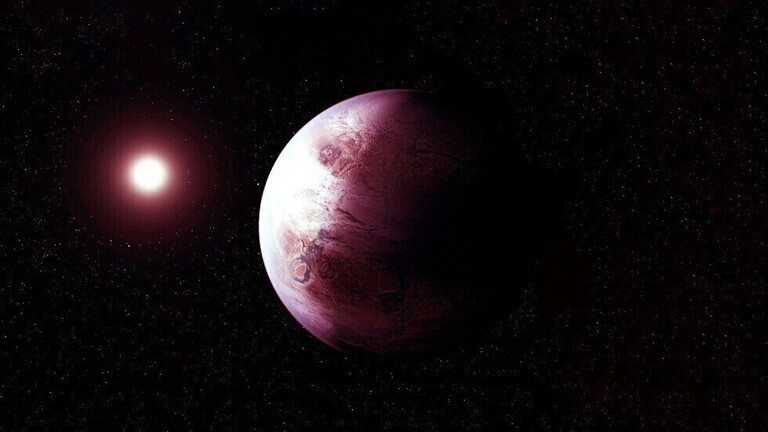The discovery of an "impossible" planet could change our understanding of how planets form

Scientists have discovered a planetary system with a 'forbidden' world that shouldn't exist, which could rewrite the rules of how such planets are born.
The "unusual" system has a large gas giant planet called TOI 5205b, similar to Jupiter, orbiting a red dwarf star called TOI-5205, four times the size of Jupiter itself, according to a team of astronomers at the Carnegie Institution in Washington.

Scientists previously thought that it was unlikely that such a small star would be able to host such a huge gaseous planet.
Although red dwarfs host more planets, on average, than larger types of stars, their formation history makes them not candidates for hosting gas giants, scientists said.
TOI 5205b was first identified by NASA's Transiting Exoplanet Survey satellite.
But after some thorough searching by the team of Shubham Kanodia, of the Carnegie Institution for Science who led the study, they found that this is a long way off in terms of what scientists know about how planets form.
"The host star, TOI-5205, is four times the size of Jupiter, and yet it somehow managed to create a planet the size of Jupiter, which is very surprising," Kanodia said.
To date, no gas giant has been found in a planetary system around a star like TOI-5205, which is classified as a low-mass M dwarf.
Kanodia explained, “The existence of TOI-5205b extends what we know about the disks in which these planets were born. To begin with, if there wasn't enough rocky material in the disk to form the primary core, one couldn't form a gas giant planet. In the end, if the disk evaporated before the supermassive core formed, one would not be able to form a gas giant planet. However, TOI-5205b poses despite these barriers. Based on our current nominal understanding of the planet's composition, TOI-5205b should not be present, it is a forbidden planet."
Source : websites

